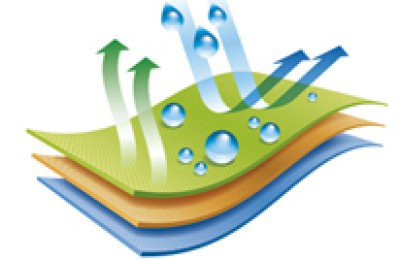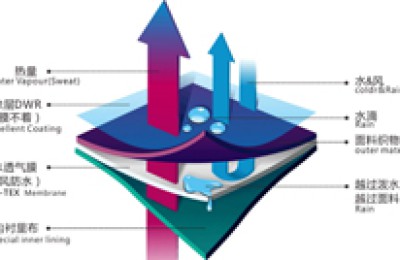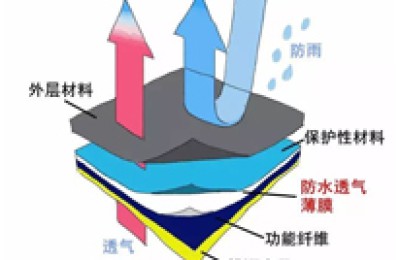At the end of April, PTA bottomed out and rebounded. On the one hand, it was supported by the cost side, and on the other hand, the demand side boosted market confidence.
With OPEC+ officially starting to cut production in May, US shale oil production passively declining, and European and American countries gradually relaxing regulatory measures, the huge scissor gap between supply and demand for crude oil in the early stage has shrunk rapidly. Especially after Saudi Arabia announced that it would cut production by an additional 1 million barrels in addition to the OPEC+ plan, the market became extremely optimistic about crude oil prices. In less than a month, the main U.S. crude oil contract has risen to $37/barrel.
While oil prices have risen sharply in the past month and a half, the price of naphtha has increased from US$180/ton on April 23 to US$344/ton on June 4, and the price of PX has also increased from US$180/ton on April 23. It rose from US$415/ton on June 4 to US$488/ton on June 4. From the perspective of price difference, the price difference changes further downstream, with crude oil having the largest increase and PX having the smallest increase. Especially in the past week, PX prices have maintained a volatile trend, which has also restricted the extent of PTA’s follow-up on crude oil to a certain extent.
In the absence of an improvement in terminal demand, the relationship between upstream crude oil and intermediate chemicals is complementary and mutually restrictive.
From the perspective of textile and clothing exports, April data exceeded market expectations. Textile and clothing exports increased by 17.5% year-on-year. This was mainly because textile exports increased by more than 50%, and clothing exports were indeed Suffered heavy losses, falling 22.2% year-on-year. If the European and American markets can fully recover around July, orders will arrive in China 1-1.5 months ahead of schedule.
In fact, exports currently account for no more than 20% of the market demand for textile and clothing products, and the vast majority still comes from the domestic market. With the domestic epidemic under control, economic production and life have also resumed. However, judging from the data as of April, “retaliatory” consumption has not yet been seen. Even if it reaches the level of the same period last year, it will be difficult, let alone filling the deep consumption hole from February to April.
Although PTA has benefited from rising costs and recovering demand recently, its long-term easing fundamentals are still difficult to change. PTA basically showed an accumulated inventory in 2019. Although the actual downstream demand has increased significantly, PTA production is too high and has initially revealed a trend of oversupply. In addition, the upward pressure on PTA prices also comes from its high profits that are not in line with fundamentals. It is difficult for PTA processing price difference to remain at a high level for a long time, which will therefore restrict the growth brought about by its optimism. </p







